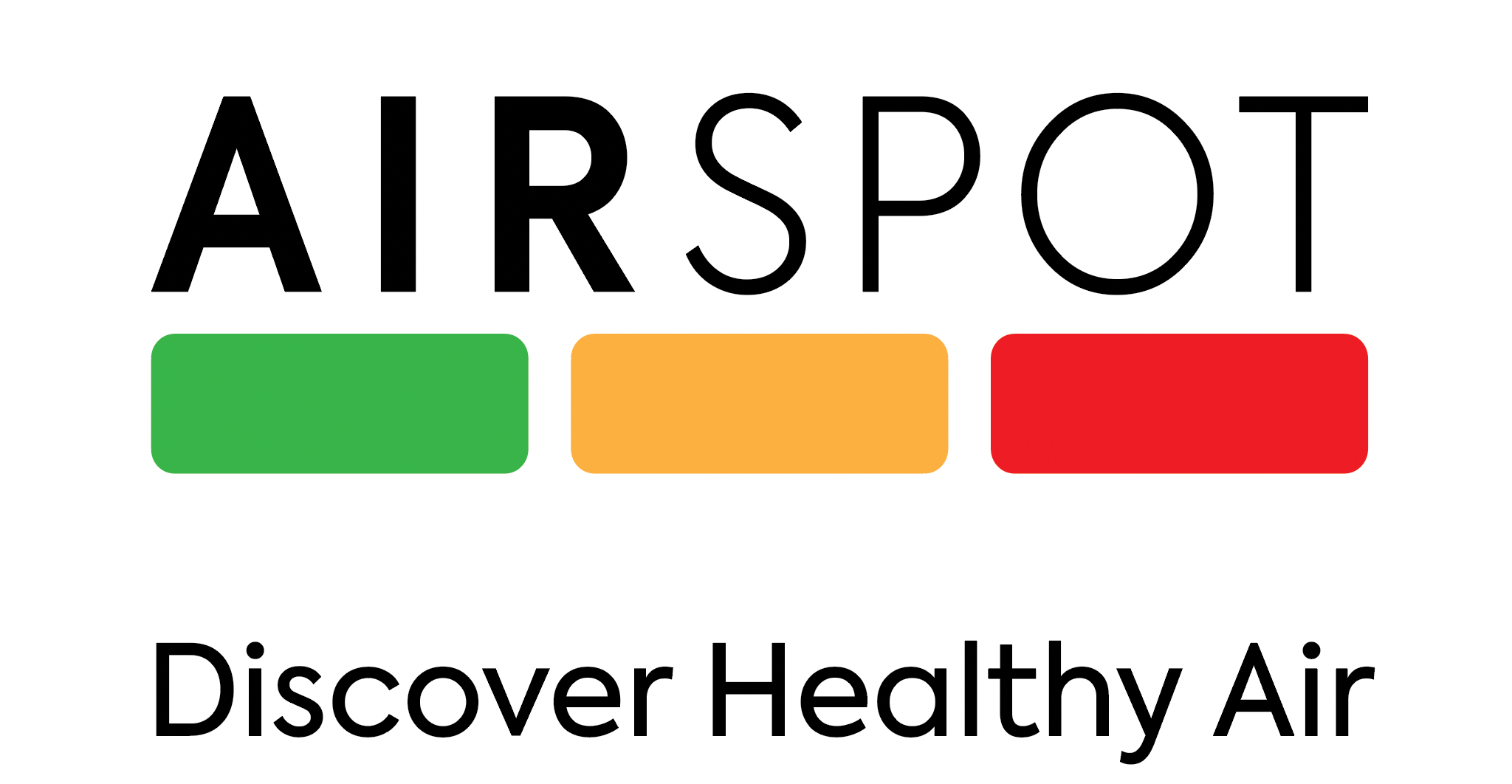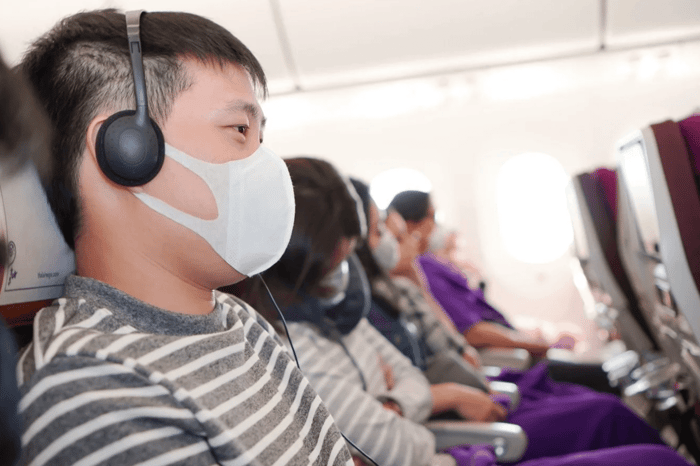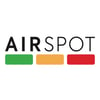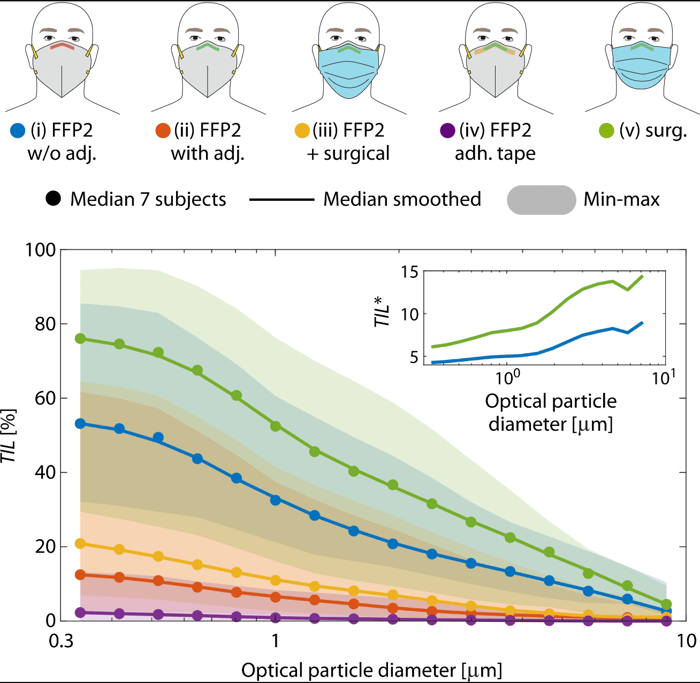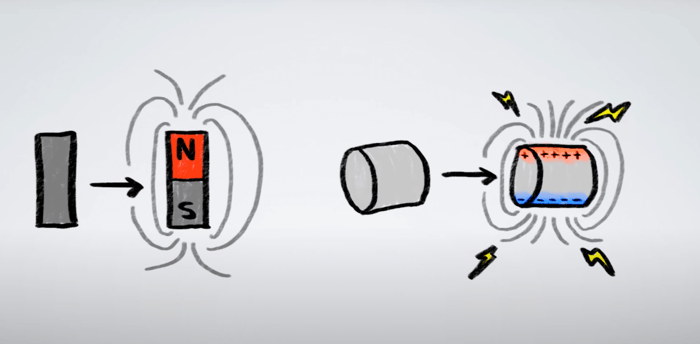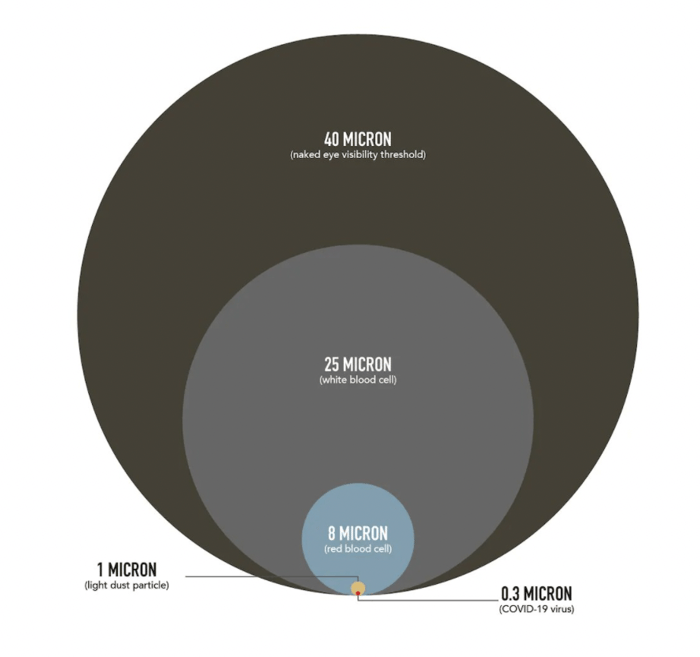From
The Risk of Aircraft-Acquired SARS-CoV-2 Transmission during Commercial Flights: A Systematic Review
Abstract
Discussion
In this study, we found that the mean ratio of infection is associated with the duration of the flight when masking is unenforced.
The ratio tends to be larger for longer flights compared to shorter flights.
In addition, our negative binomial regression showed that flight duration strongly predicts case incidence. We also found that when masking is unenforced, each additional hour of flight duration is associated with 1.53-fold increase in the transmission incidence rate ratio.
We speculate that short flights may be safer due to a shorter total duration of exposure to aerosol particles. Also, short flights often do not serve meals, so fewer aerosol particles and droplets are expelled. Interestingly, our findings also suggest that aircraft-acquired transmission is not inevitable if masking is strictly enforced.
On long haul-type flights where enforced masking took place and meals were served, there were no reported aircraft-acquired cases during contact tracing and follow-up.
Enforced masking may have encouraged passengers to eat as quickly as possible on these long flights. Furthermore, airline staff can actually enforce masking, similar to how staff are able to enforce safety checks such as correct table-up and seat up-and-back positions by walking down the aisles, checking each seat, and correcting behaviors during take-off and landing.
To read more click on this link: https://www.mdpi.com/1660-4601/21/6/654
Image Credit: Lek in a BIG WORLD / Shutterstock
